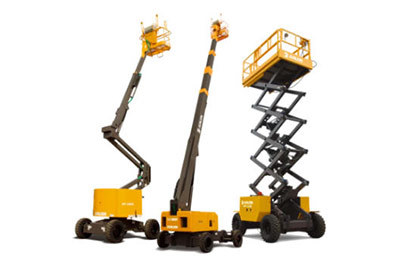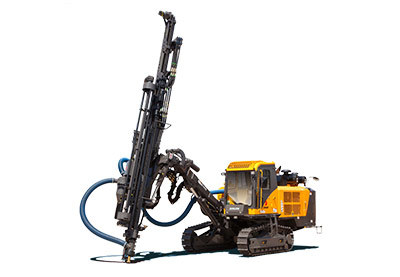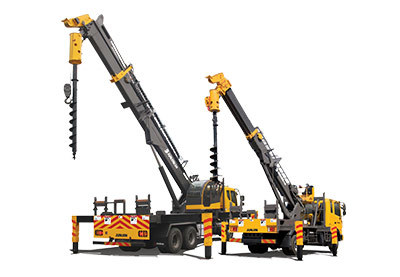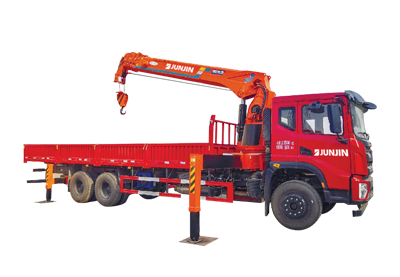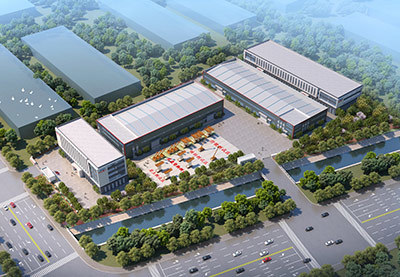High-altitude work platform operating regulations
Release time:
Oct 01,2024
The highest principle that users must adhere to is: safety first! For the benefit of you and others, please operate the high-altitude work platform correctly! Operators are prohibited from carrying out relevant operations without training and/or mastery of the relevant operation guidelines.
The highest principle that users must adhere to is: safety first! For the benefit of you and others, please operate the high-altitude work platform correctly!
Operators are prohibited from carrying out relevant operations without training and/or mastery of the relevant operation guidelines.
1、 Workplace inspection
1.Before and during equipment operation, users must take preventive measures to avoid danger in the work area;
When on transport vehicles, rail cars, floating boats, scaffolding or other equipment, do not operate or raise the work platform;
3. Are there any electrical wires, overhead cranes, or other potential obstacles above the work area; Cross operation without protection is strictly prohibited;
4. Whether the ground is flat and sufficient to support the tire load.
2、 Equipment inspection
1. Pre operation inspection: Check the appearance, paint, tires, and instruments of the entire vehicle; Is there any leakage of oil, water, and gas; Equipment operation performance inspection: emergency stop switch, foot switch, long angle sensor, emergency pump, walking steering, telescopic rotation, boom lifting, etc.
2. Post operation inspection: After the operation, fully retract the boom and park the equipment on a wide, flat, and hard ground in the retracted state; Clean and tidy up the homework basket and the operating table; Cut off the power and disconnect the battery switch.
3. Conventional arm movement sequence:
1) Lifting action: First, adjust the amplitude of the basic arm to the desired angle → extend the telescopic arm to the desired working amplitude → then perform actions such as swinging the work platform and rotating the turntable.
2) Landing action: Return the work platform to the center position → retract the telescopic arm into place → lower the basic arm → adjust the turntable back to the center position → perform vehicle retraction and travel. The specific steps can be adjusted according to the specific work environment.
3、 Risk Warning
1.During the operation of the equipment, if mobile phones, intercoms, etc. are used, the operation of the equipment should be stopped;
2. Do not use the equipment for any purpose other than transporting personnel and tools, and it is strictly prohibited to use it for lifting and hoisting;
During the equipment's movement, the lifting arm should always be placed above the rear axle in the forward direction;
4. Tripping and fall prevention: Personnel on the platform must wear full body safety belts and stand steadily on the bottom plate of the workbench with both feet. The platform must be kept clean to prevent oil stains, sludge, and other slippery substances from remaining on the workbench floor;
5. Electric shock hazard: This equipment is not insulated and does not provide contact or proximity to live insulation protection.
6. Overturning hazard: Driving and working must not exceed the allowed side slope and forward slope, must not operate in soft, cave, or other potentially dangerous areas, and must not operate equipment in wind speeds exceeding 12.5m/s;
7. Rolling and collision hazards: Safety helmets must be worn, and gaps in the work area must be checked during lifting or driving;
8. Battery hazard: When maintaining electrical equipment or welding equipment, the battery connection should be disconnected. It is strictly prohibited to use the equipment for grounding operations. Hand, eye, and facial protection measures should be worn.
Do not add fuel or hydraulic oil to the equipment while the motor/engine is running. It is strictly prohibited to pad foot switches with anything other than feet!
4、 User Notice
1. The standardized use and limitations of platform and ground control systems, emergency operation systems, and safety systems;
2. Familiar with the labels, instructions, and warnings of various controllers on the equipment; Sufficient knowledge of equipment operation, ability to identify faults or potential faults;
3. Emergency operation - Notify the factory or professional personnel as soon as an emergency occurs, rescue the platform personnel first, and then rescue the machine.
Releated Blog
Share

